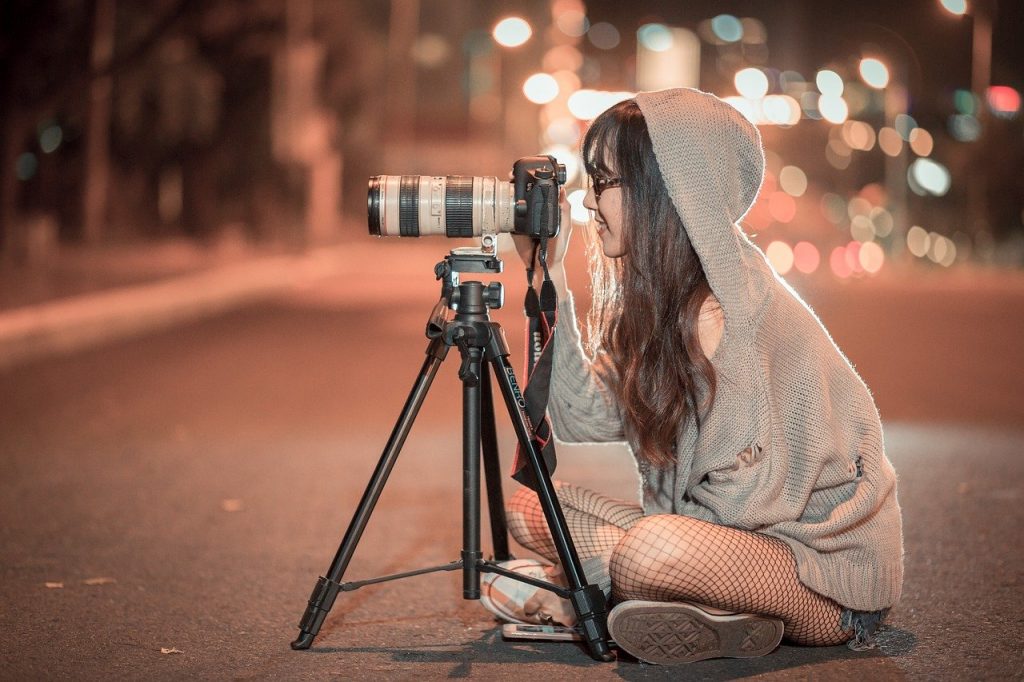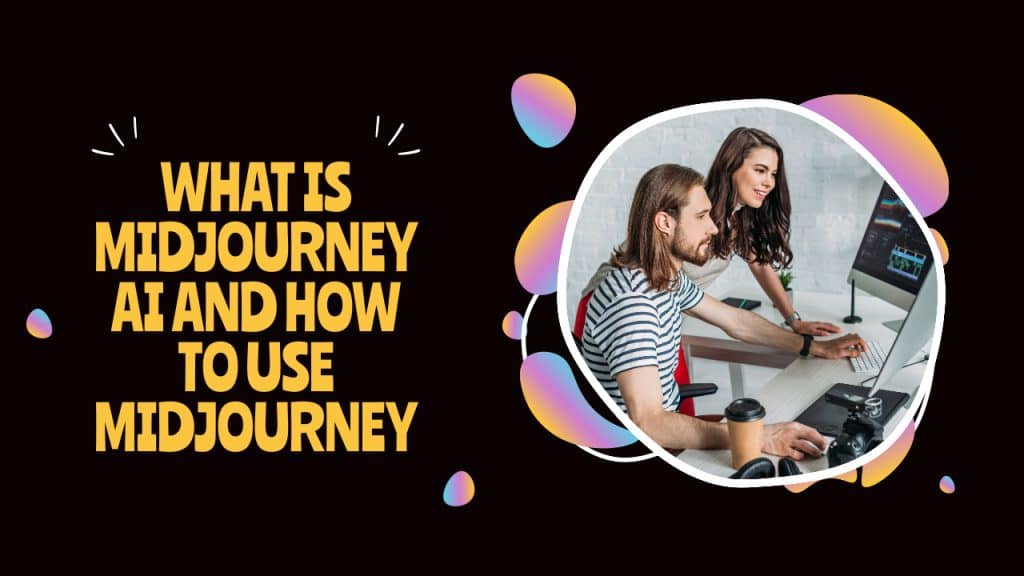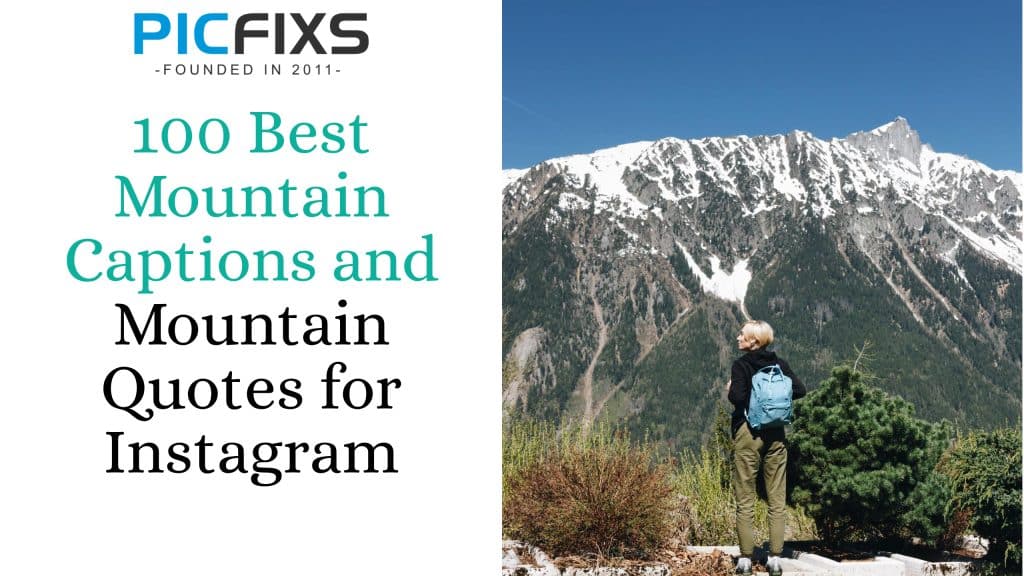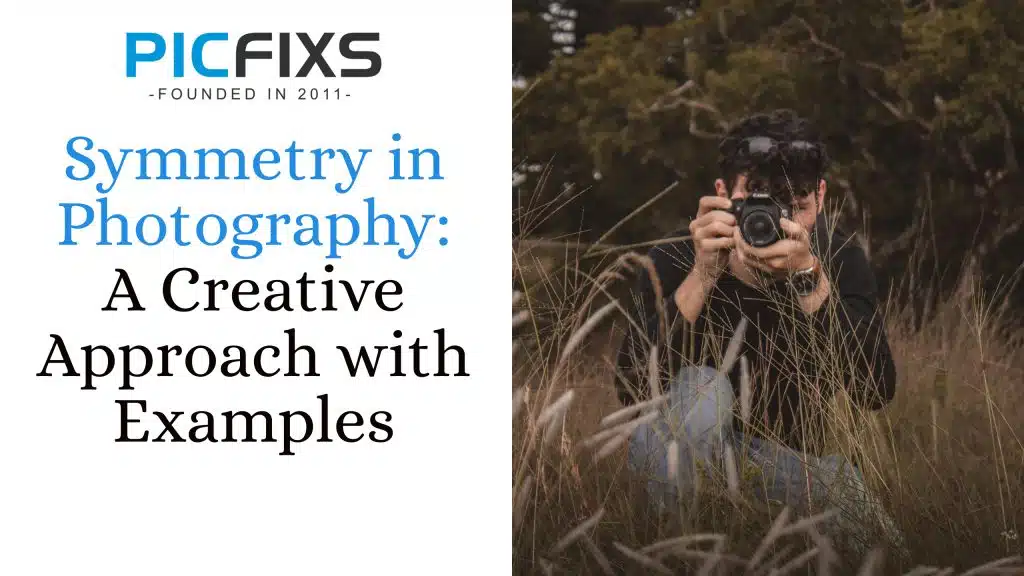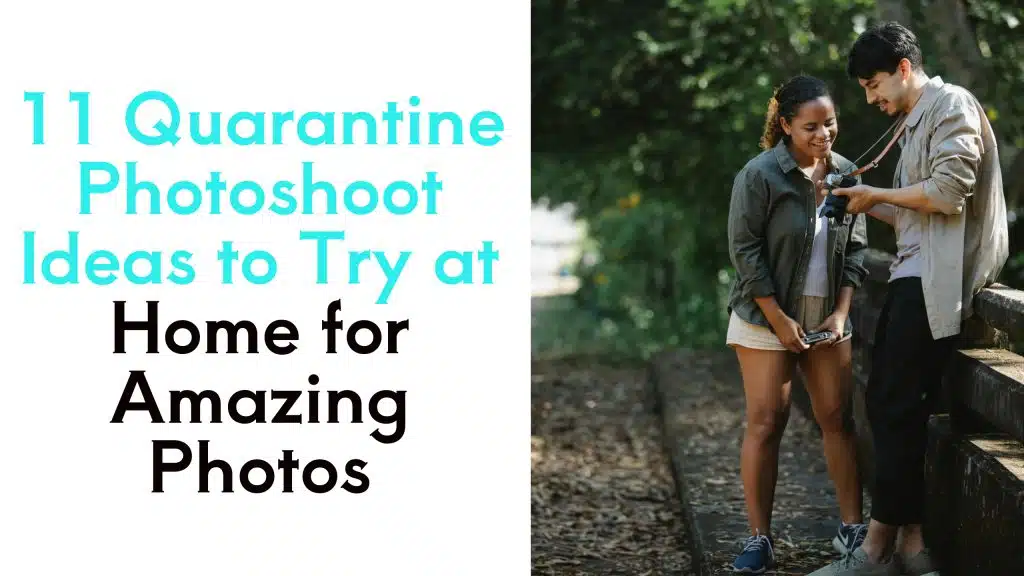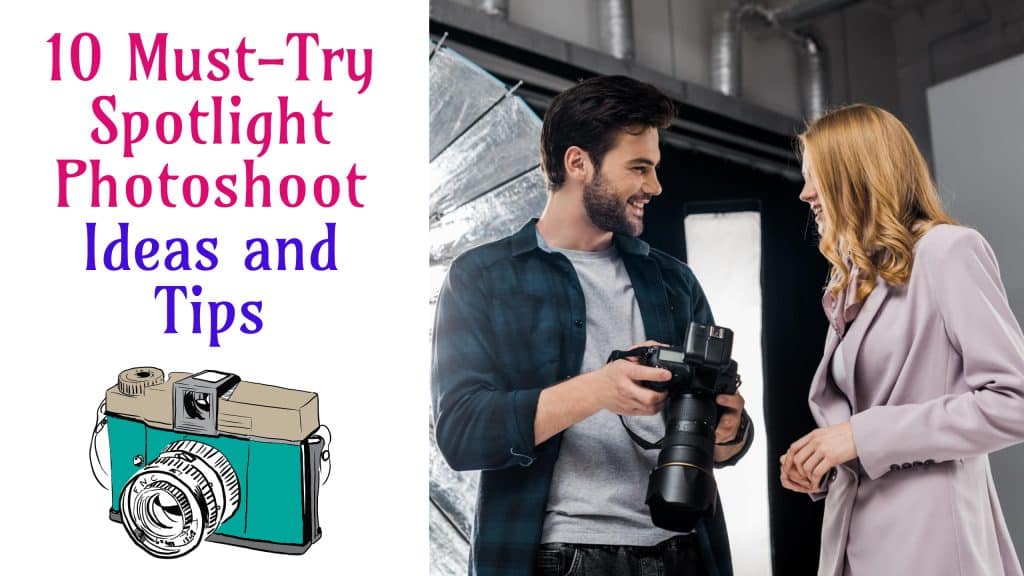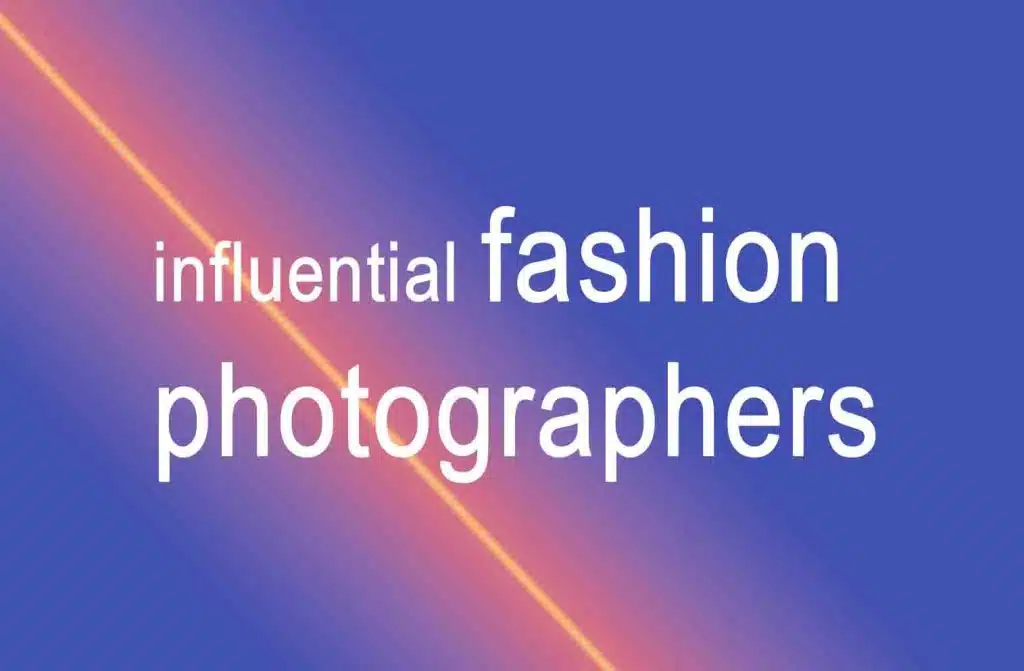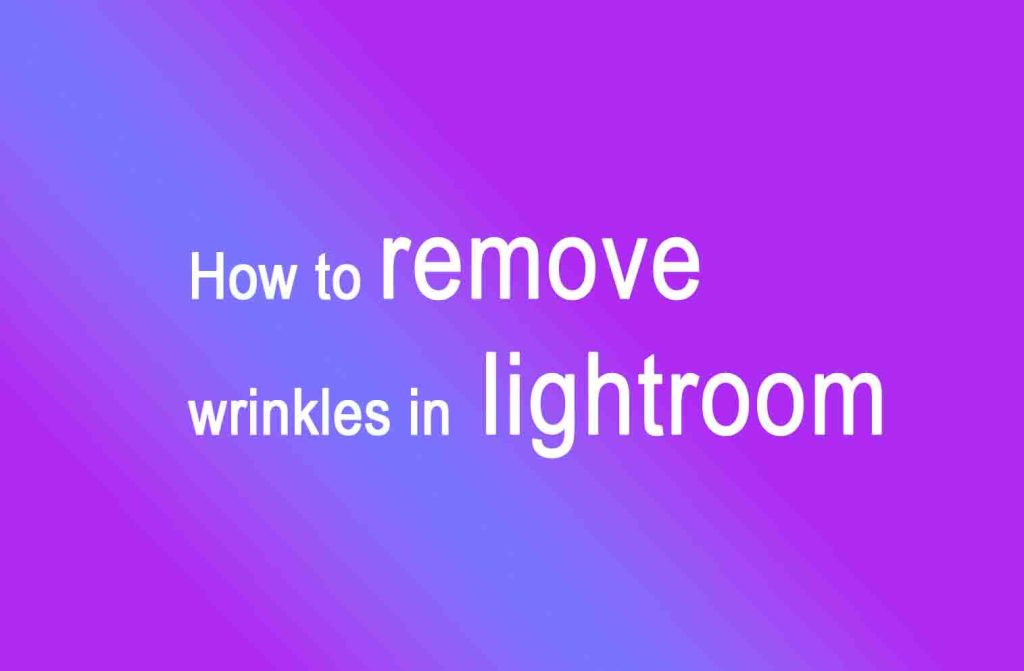ISO, Shutter Speed, and Aperture: A complete guide
- Shutter Speed – the length of time a camera shutter is open to expose light into the camera sensor. Shutter speed in photography are typically measured in fractions of a second when they are under a second. Slow shutter speeds allow more light into the camera sensor and are used for low-light and night photography, while fast shutter speeds help to freeze motion. Examples of shutter speeds: 1/15 (1/15th of a second), 1/30, 1/60, 1/125.
- Aperture – a hole within a lens, through which light travels into the camera body. The larger the hole, the more light passes to the camera sensor. Aperture also controls the depth of field, which is the portion of a scene that appears to be sharp. If the aperture is very small, the depth of field is large, while if the aperture is large, the depth of field is small. In photography, the aperture is typically expressed in “f” numbers (also known as “focal ratio”, since the f-number is the ratio of the diameter of the lens aperture to the length of the lens). Examples of-numbers are f/1.4, f/2.0, f/2.8, f/4.0, f/5.6, f/8.0.
- ISO – a way to brighten your photos if you can’t use a longer shutter speed or a wider aperture. It is typically measured in numbers, a lower number representing a darker image, while higher numbers mean a brighter image. However, raising your ISO comes at a cost. As the ISO rises, so does the visibility of graininess/noise in your images. Examples of ISO: 100, 200, 400, 800, 1600.
Also, take a look at this article if you would like to understand what exposure actually means.
And if you’re more of a visual learner, we recently published a comprehensive, beginner-friendly video on this exact same topic:
1) How do shutter speed, aperture and ISO work together to create an exposure?
To have a good understanding about exposure and how shutter speed, aperture and ISO affect it, we need to understand what happens within the camera when a picture is taken.
As you point your camera at a subject and press the shutter button, the subject gets into your camera lens in a form of light. If your subject is well-lit, there is plenty of light that travels into the lens, whereas if you are taking a picture in a dim environment, there is not much light that travels into the lens.
When the light enters the lens, it passes through various optical elements made of glass, then goes through the lens “Aperture” (a hole inside the lens that can be changed from small to large). Once the light goes past the lens aperture, it then hits the shutter curtain, which is like a window that is closed at all times, but opens when needed.
The shutter then opens in a matter of milliseconds, letting the light hit the camera sensor for a specified amount of time. This specified amount of time is called “Shutter Speed” and it can be extremely short (up to 1/8000th of a second) or long (up to 30 seconds). The sensor then gathers the light, and your “ISO” brightens the image if necessary (again, making grain and image quality problems more visible). Then the shutter closes and the light is completely blocked from reaching the camera sensor.
To get the image properly exposed, so that it is not too bright or too dark, Shutter Speed, Aperture and ISO need to play together. When lots of light enters the lens (let’s say it is broad daylight with plenty of sunlight), what happens when the lens aperture/hole is very small? Lots of light gets blocked. This means that the camera sensor would need more time to collect the light.
What needs to happen for the sensor to collect the right amount of light?
That’s right, the shutter needs to stay open longer. So, with a very small lens aperture, we would need more time, i.e. longer shutter speed for the sensor to gather enough light to produce a properly exposed image.
Now what would happen if the lens aperture/hole was very big? Obviously, a lot more light would hit the sensor, so we would need a much shorter shutter speed for the image to get properly exposed. If the shutter speed is too low, the sensor would get a lot more light than it needs and the light would start “burning” or “overexposing” the image, just like magnifying glass starts burning paper on a sunny day.
The overexposed area of the image will look very bright or pure white. In contrast, if the shutter speed is way too high, then the sensor is not able to gather enough light and the image would appear “underexposed” or too dark.
Let’s do a real-life example. Grab your camera and set your camera mode to “Aperture Priority“. Set your lens aperture on your camera to the lowest possible number the lens will allow, such as f/1.4 if you have a fast lens or f/3.5 on slower lenses. Set your ISO to 200 and make sure that “Auto ISO” is turned off.
Now point your camera at an object that is NOT a light source (for example a picture on the wall) then half-press the shutter button to acquire correct focus and let the camera determine the optimal exposure settings. Do not move your camera and keep pointing at the same subject! If you look inside the camera viewfinder now or on the back LCD, you should see several numbers.
One of the numbers will show your aperture, which should be the same number as what you set your aperture to, then it should show your shutter speed, which should be a number such as “125” (means 1/125th of a second) and “200”, which is your sensor ISO.
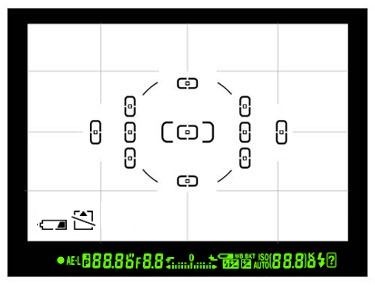
Write down these numbers on a piece of paper and then take a picture. When the picture comes up on the rear LCD of your camera, it should be properly exposed. It might be very blurry, but it should be properly exposed, which means not too bright or too dark. Let’s say the settings you wrote down are 3.5 (aperture), 125 (shutter speed) and 200 (ISO).
Now change your camera mode to “Manual Mode“. Manually set your aperture to the same number as you wrote down, which should be the lowest number your camera lens will allow (in our example it is 3.5). Then set your shutter speed to the number you wrote down (in our example it is 125) and keep your ISO the same – 200. Make sure your lighting conditions in the room stay the same.
Point at the same subject and take another picture. Your results should look very similar to the picture you took earlier, except this time, you are manually setting your camera shutter speed, instead of letting your camera make the guess. Now, let’s block the amount of light that is passing through the lens by increasing the aperture and see what happens.
Increase your aperture to a larger number such as “8.0” and keep the rest of the settings the same. Point at the same subject and take another picture. What happened? Your image is too dark or underexposed now! Why did this happen? Because you blocked a portion of the light that hits the sensor and did not change the shutter speed.
Because of this, the camera sensor did not have enough time to gather the light and therefore the image is underexposed. Had you decreased the shutter speed to a smaller number, this would not have happened. Understand the relationship?
Now change your aperture back to what it was before (smallest number), but this time, decrease your shutter speed to a much smaller number. In my example, I will set my shutter speed to 4 (quarter of a second) from 125. Take another picture. Now your image should be overexposed and some parts of the image should appear too bright. What happened this time? You let your lens pass through all the light it can gather without blocking it, then you let your sensor gather more light then it needs by decreasing the shutter speed. This is a very basic explanation of how aperture and shutter speed play together.
So, when does ISO come into play and what does it do? So far, we kept the ISO at the same number (200) and didn’t change it. Remember, ISO means sensor brightness. Lower numbers mean lower brightness, while higher numbers mean higher brightness. If you were to change your ISO from 200 to 400, you would be making the photo twice as bright.
In the above example, at aperture of f/3.5, shutter speed of 1/125th of a second and ISO 200, if you were to increase the ISO to 400, you would need twice less time to properly expose the image. This means that you could set your shutter speed to 1/250th of a second and your image would still come out properly exposed.
Try it – set your aperture to the same number you wrote down earlier, multiply your shutter speed by two and set it to that number, then change your ISO to 400. It should look the same as the first image you took earlier. If you were to increase the ISO to 800, you would need to again double your last shutter speed from 1/250 to 1/500.
As you can see, increasing ISO from 200 to 800 will allow you to shoot at higher shutter speeds and in this example increase it from 1/125th of a second to 1/500th of a second, which is plenty of speed to freeze motion. However, increasing ISO comes at a cost – the higher the ISO, the more noise or grain it will add to the picture.
Basically, this is how the Three Kings work together to create an exposure. I highly recommend practicing with your camera more to see the effects of changing aperture, shutter speed and ISO.
Note: If you want to make some adjustments to the photo just let me know. I can do it for you at a very low cost. You can hire me to edit your photo.
2) What camera mode should I be using?
As I pointed out in my “Understanding Digital Camera Modes” article, I recommend using the “Aperture Priority” mode for beginners (although any other mode works equally well, as long as you know what you are doing). In this mode, you set your lens aperture, while the camera automatically guesses what the right shutter speed should be.
This way, you can control the depth of field in your images by changing the aperture (depth of field also depends on other factors such as a camera to subject distance and focal length). There is absolutely nothing wrong with using “Auto” or “Program” modes, especially considering the fact that most modern DSLRs give the photographer pretty good control by allowing to override the shutter speed and aperture in those modes.
But most people get lazy and end up using the Auto/Program modes without understanding what happens inside the camera, so I highly recommend learning how to shoot in all camera modes.
3) What ISO Should I Set My Camera To?
If your camera is equipped with an “Auto ISO” feature (known as “ISO Sensitivity Auto Control” on Nikon bodies), you should enable it, so that the camera automatically guesses what the right ISO should be in different lighting conditions.
Auto ISO is worry-free and it works great for most lighting conditions! Set your “Minimum ISO/ISO Sensitivity” to 100 on Canon cameras and 200 on latest Nikon cameras, then set your “Maximum ISO/Maximum Sensitivity” to 800 or 1600 (depending on how much noise you consider acceptable).
Set the “Minimum Shutter Speed” to 1/100th of a second if you have a short lens below 100mm and to a higher number if you have a long lens. Basically, the camera will watch your shutter speed and if it drops below the “Minimum Shutter Speed”, it will automatically increase the ISO to a higher number, to try to keep the shutter speed above this setting.
The general rule is to set your shutter speed to the largest focal length of your lens. For example, if you have a Nikon 70-300mm f/4.5-5.6 zoom lens, set your minimum shutter speed to 1/300th of a second. Why? Because as the focal length of the lens increases, so do the chances of having a camera shake that will render your images blurry.
But this rule doesn’t always work, because there are other factors that all play a role in whether you will introduce camera shake or not. Having shaky hands and improperly holding the camera might cause extra camera shake, while having a lens with Vibration Reduction (also known as Image Stabilization) might actually help to decrease camera shake. Either way, play with the “Minimum Shutter Speed” option and try changing numbers and see what works for you.
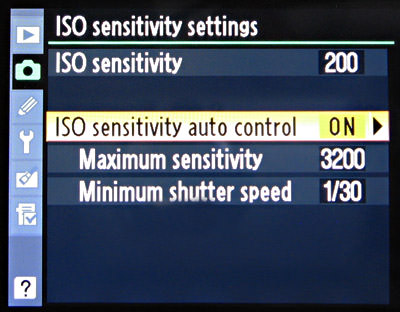
If you do not have an “Auto ISO” option in your camera, then start out with the lowest ISO and see what shutter speeds you are getting. Keep on increasing the ISO until you get to an acceptable shutter speed.
4) Exposure compensation
Another great feature of all modern DSLRs, is the ability to control the exposure by using the “exposure compensation” feature. Except for manual mode, exposure compensation works great for all camera modes.
Whether you are shooting in Aperture Priority, Shutter Priority or Auto/Program modes, dialing the exposure compensation up or down (plus to minus) will allow you to regulate the exposure and override the camera-guessed settings.
If you find your image (or parts of your image) underexposed or overexposed, you can use exposure compensation to adjust the exposure without manually changing the aperture or shutter speed.
5) Should I use flash or increase ISO?
It really depends on what you are taking a picture of. Sometimes it is not possible to use your built-in camera flash in a low-light environment. For example, if your subject is standing far away, you might not be able to reach the subject with your flash.
In that case, the only solution is to either come closer to the subject, or turn off flash completely and use a higher ISO. Obviously, for landscape or architectural photography, you should always turn off your flash, because it will not be able to brighten up the entire scene.
So in a low-light situation, the only two options are to either increase the ISO so that you can shoot hand-held, or set the camera to the lowest ISO and use a tripod.
6) What are “full stops”?
Have you ever heard of a term “full stop” in photography? Each of the increments between ISO numbers is called “a full stop” in photography. For example, there is one full stop between ISO 100 and ISO 200, while there are two full stops between ISO 100 and ISO 400. How many stops are there between ISO 100 and ISO 1600? That’s right, four full stops of light.
Why do you need to know about stops? Because you might see it in photography literature or photographer might mention stops and it is sometimes confusing to understand what it truly means. But the term “full stop” does not just apply to ISOs – the same concept is there for shutter speed and aperture. It is easy to remember full stops between shutter speeds because you just start from one and divide the number by two: 1, 1/2, 1/4, 1/8, 1/15, 1/30, 1/60, 1/125, 1/250, 1/500, 1/1000, etc.
Obviously, the numbers are rounded (starting from 1/15, which should be 1/16) to make it easy for photography. It is harder to memorize stops in apertures, because the numbers are computed differently: f/1, f/1.4, f/2, f/2.8, f/4, f/5.6, f/8, f/11, f/16, etc. To read more about stops, please see our detailed Exposure Stops article.
7) Specific examples and case scenarios
Let’s now go over what you could do in your camera to properly expose an image in different lighting conditions.
What should I do in low-light situations?
Use Aperture-Priority mode, set your aperture to the lowest possible number. Be careful if you have a fast lens such as Nikon 50mm f/1.4 because setting aperture to the lowest number (f/1.4) will make the depth of field very shallow. Set your “Auto ISO” to “On” (if you have it) and make sure that the maximum ISO and minimum shutter speed are both defined, as shown in section 3. If after increasing your ISO you are still getting small shutter speeds (which means that you are in a very dim environment), your only other options are to either use a tripod or a flash. If you have moving subjects that need to be “frozen”, you will have to use flash.
What do I need to do to freeze the action?
First, you will need plenty of light. Freezing action during broad daylight is easy, whereas it is extremely tough to do it in low-light situations. Assuming you have plenty of light, make sure that your aperture is set to the lowest number (again, be careful about depth of field), then set your “Auto ISO” to “On” (if you have it) and set your minimum shutter speed to a really high number such as 1/500th or 1/1000th of a second. For my bird photography, I try to keep shutter speeds at 1/1000th of a second and faster.
What settings do I need to change to create a motion blur effect?
Turn off Auto ISO and set your ISO to the lowest number. If the shutter speed is too fast and you still cannot create motion blur, increase the aperture to a higher number until the shutter speed drops to a low number below 1/100-1/50 of a second.
What do I do if I cannot get proper exposure? The image is either too dark or too bright.
Make sure that you are not shooting in Manual Mode. Set your camera meter to “Evaluative” (Canon) or “Matrix” (Nikon). If it is already set and you are still getting improper exposure, it means that you are probably taking a picture where there is a big contrast between multiple objects (for example bright sky and dark mountains, or sun in the frame) – whatever you are trying to take a picture of is confusing the meter within your camera. If you still need to take a picture, set your camera meter to “Spot” and try to point your focus point to an area that is not too bright or too dark. That way you get the “sweet middle”.
How can I isolate my subject from the background and make the background (bokeh) look soft and smooth?
Stand closer to your subject and use the smallest aperture on your lens. Some lenses can render the background much better and smoother than others. If you do not like the bokeh on yours, consider getting a good portrait lens such as the Nikon 50mm f/1.4 or the Nikon 85mm f/1.4, which is considered to be one of the best lenses when it comes to bokeh.
How can I decrease the amount of noise/grain in my images?
Turn off “Auto ISO” and set your ISO to the base ISO of the camera (ISO 100 on Canon and ISO 200 on Nikon).
Note: If you want to make some adjustments to the photo just let me know. I can do it for you at a very low cost. You can hire me to edit your photo.


